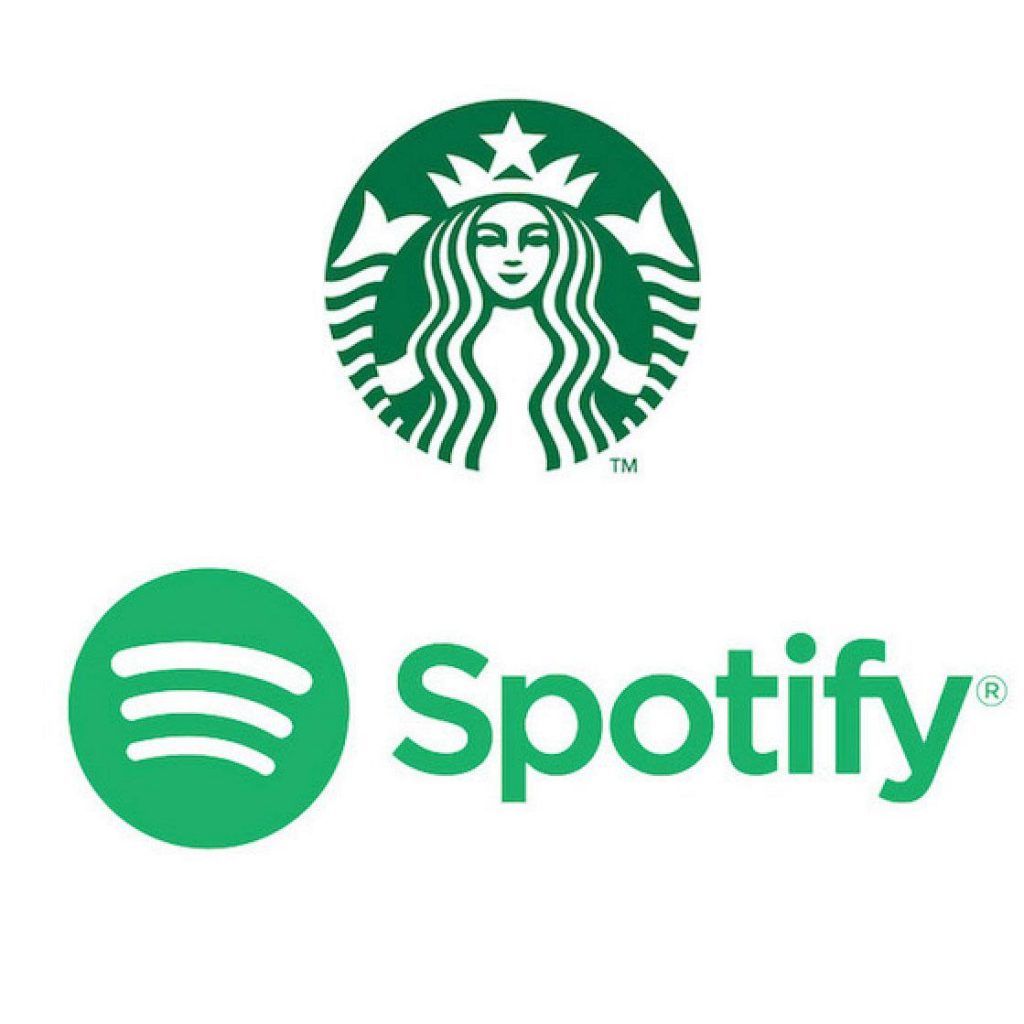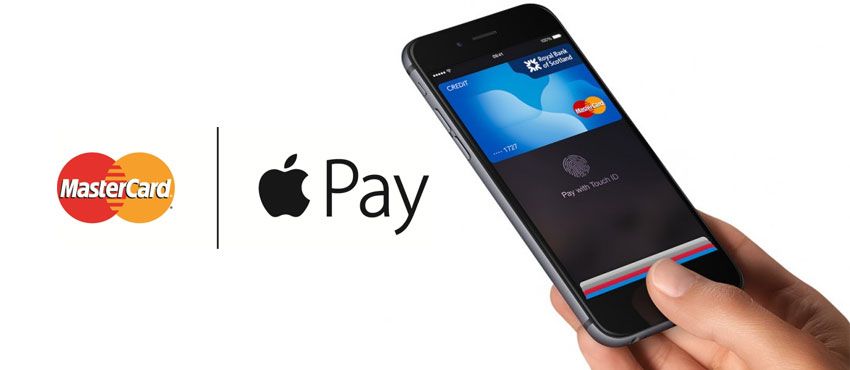Everyone loves when two things they enjoy come together. Crossovers aren’t limited to superhero movies or music albums — they’re also something businesses can use to create some positive buzz. Brand partnerships are a unique method for reaching new audiences, especially if the values of your partner align with your brand values and True North.
You can’t overestimate the value of brand partnerships.
They can be a doorway to new sources of revenue, new audiences, and even new products or services. More importantly, they’re a good way to create a sense of excitement and collaboration.
The obvious question, though, is how to find and/or build partnerships that benefit your company. And while there are a dozen different ways to go about this process, it’s easiest to think of it as a three-step journey.
Step 1: Choose The Right Brand Partners
This might seem like a no-brainer, but the search for a “perfect match” can be deceptive. There’s no Match.com or Tinder for brand partnerships — if you want to find an opportunity, you have to figure out what pieces you have and find a way to solve the puzzle.
But the process doesn’t have to be a month-long search filled with bad first dates and no-shows.
The most important piece of any partnership is a shared vision.
That doesn’t mean a perfect alignment in company culture. In fact, it doesn’t even mean you need to find a partner that has similar goals or offers similar products.
All it means is looking for a partner that shares your brand’s values.

In other words, search for companies that want the same things.
Do you provide resources to freelance creatives? Are you a local mom-and-pop grocery store? Are you working on an app or software that increases social engagement?
Think about what motivates you and your company, and what informs the choices you make about services and products. Then think about your audience’s needs.
Prioritize brands that have a similar audience. You obviously don’t want to work with a direct competitor, but choosing a company with no customer crossover won’t bring much benefit to either side of the relationship.
The best, most valuable partnerships are the ones where companies from two industries combine their powers, either to create a new product or to help their customers find solutions to questions/problems/difficulties they didn’t even know they had.
And one last note on this step: Always look for a partner with a good reputation.
Even if there’s only minimal overlap between your industries, the worst thing you can do is attach your name to a company with a questionable history. People judge us by the friends we keep, and a bad partner will damage your credibility just as quickly as if you’d made those choices yourself.
RELATED READING:
Building a Modern Brand: How Branded Merchandise Has Become the Ultimate Hype Builder
Step 2: Create Value For Both Parties
Alright, let’s say you have a shortlist of brands you want to work with. Or maybe you already worked out the details of your first partnership. Ideally your partner will share some similarities with your brand’s existing content strategies and approach to overall brand strategy.
Brand partnerships needs to be mutually beneficial
The next thing to consider is what you can do to add value to this new relationship — a partnership needs to be mutually beneficial. And if you chose a company with some audience overlap, you’ve already taken the first step to make sure this relationship can be profitable.

That isn’t always true, of course — sometimes charitable collaborations are the most valuable partnerships you can make. But if you want a “valuable” partnership, that means you’re looking to leverage the relationship in a way that brings a little more revenue to your business.
Imagine a Venn diagram. The ideal situation is when both companies have largely different customer bases but with slight overlap. And the bigger the overlap, the more likely that any projects or campaigns from the partnership will generate leads, customers, and (hopefully) revenue.
How the brand partnership can add value to both companies
When it comes to sorting through your shortlist of candidates, start by making a list of questions. You can start with things like:
- “Will the partnership turn heads?” You might not be focused on creating social media buzz, but an exciting collaboration is never a bad thing.
- “Is there crossover with my audience?” Going after a new sector can be a good move, but it helps to start a business relationship in an area somewhat related to yours
- “What are my (and their) expectations?” If you’re going to keep everyone happy, you need to find a way that both companies can help the other pursue a specific goal.
Questions like this will force you to consider how this partnership can add value to both companies. And if you think the relationship is something that could become a long-term thing, you can make sure you start on the right foot.
Another thing to consider is your audience. You can always create a press release or social media Q&A to get customer input. Letting customers share ideas and opinions might seem risky, but it’s an easy way to create engagement and spread the word about this new opportunity.
But no matter what you come up with, asking the right questions will help you win both your partner’s trust and your audience’s trust. Sometimes, it takes a little bit of intention to create that “match made in heaven” feel.
RELATED READING:
Experiential Marketing: an Authentic Way to Build Your Brand Presence
Step 3: Combine Your Brand Assets and Skills
Now it’s time to put your plan into action. You’ve figured out the right partner, and you’ve made sure that your collaboration will create some sort of benefit for both companies. The next step is the fun part — creating campaigns together!
Putting creative teams together from multiple brands enables a super fun, collaborative atmosphere. While sometimes creatives can clash, most mature creative leaders will see this as an opportunity to flex and explore new ideas for campaigns.
Let us know in the comments what your favorite brand partnerships have been in the past and extra credit for what brands you'd like to see collab in the future.




Join the Discussion